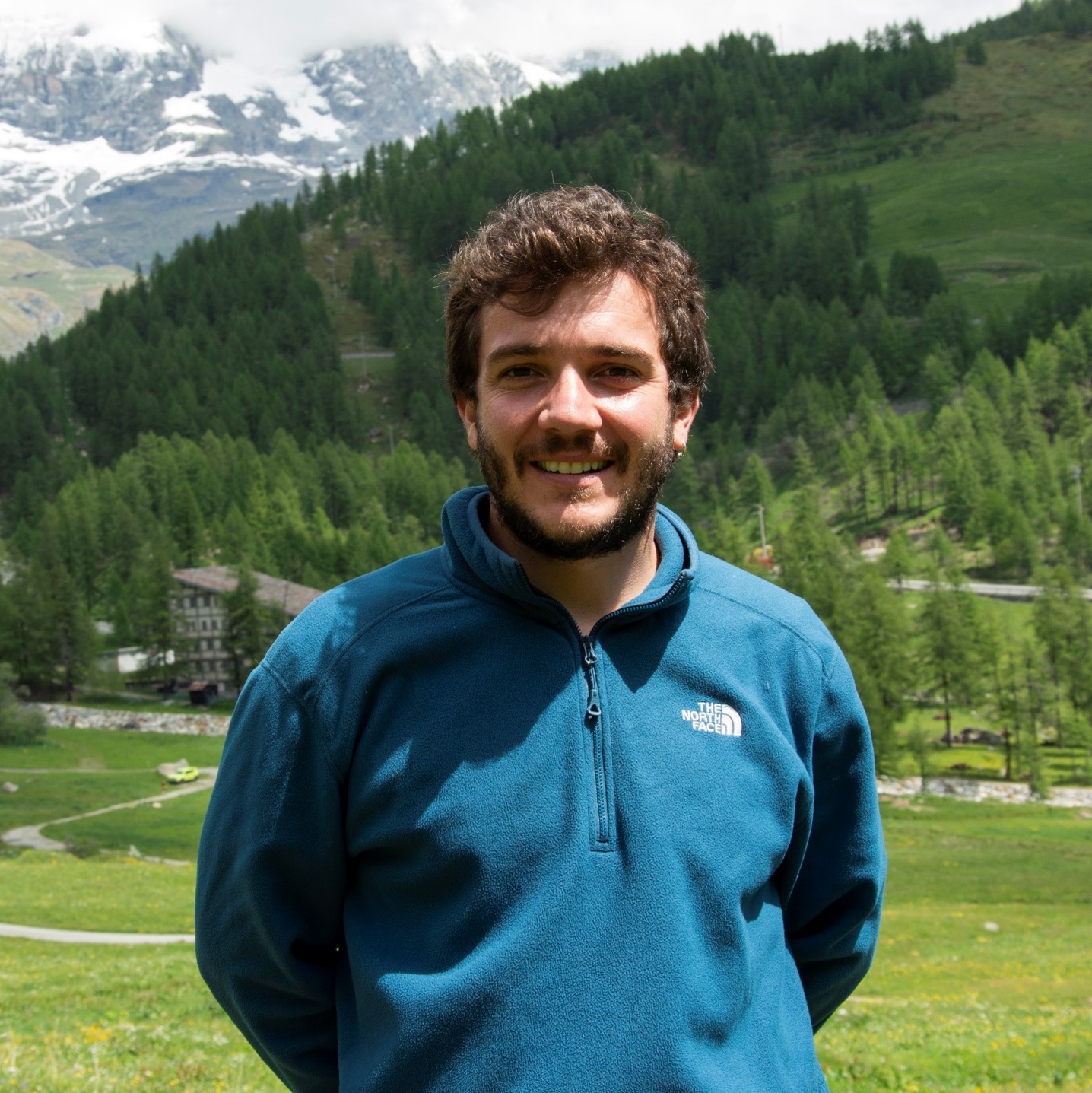Javier Espadas

Living matter is compartmentalized at all possible length scales. But while this is so, it is the ability to adapt, connect and disconnect these compartments that makes life so unexpected and dynamic. Eukaryotic cells are also compartmentalized, first with respect to their environment, but also elegantly segmented within it. The barrier function of each compartment is achieved by unique fluid membranes with molecular machineries acting to transiently allow communication across the membrane. However, the ESCRT-III complex is the only machinery capable of adapting to and remodeling all membranes across the cell. Moreover, the ESCRT-III complex was carefully designed during evolution as it is the only protein machinery related to membrane remodeling in the common eukaryotic ancestor of the Asgard archaea. In my postdoc, I am currently working on the biophysical and biochemical characterization of membrane remodeling by Asgard ESCRT-III proteins, trying to understand how these proteins have functionally evolved and what is the original mechanism of action of this machinery.
A chemist by training, I did my PhD in the laboratory of Vadim Frolov and Anna Shnyrova in the Membrane Nanomechanics group in the Biofisika Institute in Bilbao, Spain. During this time, I developed model membrane systems to reconstitute membrane fission and fusion processes by membrane remodeling proteins such as dynamin, atlastin and reticulon. I identified the mechanism of membrane fragmentation in the endoplasmic reticulum mediated by reticulon, counterbalancing membrane fusion by atlastin, both in vitro and in cellulo. Moreover, I also identified how membrane composition triggers the expected functionality of dynamin and dynamin-related proteins, and how changes in composition lead to functional promiscuity catastrophic to cell maintenance.
